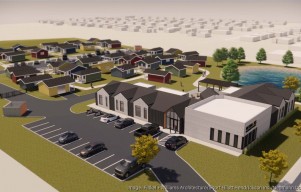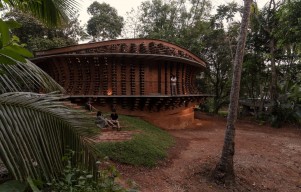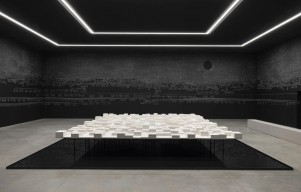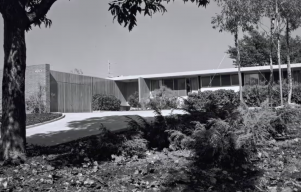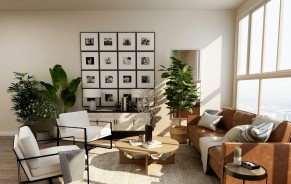
Embarking on an architecture project can be both exhilarating and daunting. Tim Ung, the creator behind "Journey of an Architect," has been navigating the intricate realm of architecture and design projects for a year and a half, striving to achieve a personal goal of completing 30 projects by age 30. In this journey, He encountered familiar challenges that every creative mind faces when commencing a new project. Here are five invaluable tips that have guided Tim through the labyrinth of project initiation and conceptualization.
1. Develop Your Unique Interpretation of the Project Brief
Whether tackling a competition or collaborating on a private residence, the project brief is your compass. Comprehensive design briefs are the norm for larger entities, providing critical details, site information, and requirements. However, in smaller projects, particularly with individuals or smaller companies, the onus is on you to extract essential information from clients.
The first step involves a meticulous reading of the project brief. Extract key phrases, words, and paragraphs encapsulating the project's intent. Creating your interpretation of the brief catalyzes brainstorming design ideas. This interpretation guides the project and serves as a constant reminder of the design intent throughout its course.
2. Research and Understand Your Project's Site Context
Understanding the context of your project site is fundamental to creating a design that harmonizes with its surroundings. I analyze the parcel's size, form, and neighboring structures using tools like Google's satellite map feature. This aerial perspective provides insights into existing building forms, materials, and scale.
Moving beyond the aerial view, Google Street View or on-site visits offer a deeper understanding of the neighborhood. Factors like prevailing winds, solar paths, shadows, and local features become pivotal considerations. This meticulous site research lays the groundwork for a design that stands out and seamlessly integrates with its environment.
3. Figure Out Your Constraints
Unraveling the constraints of a project is a crucial step that involves navigating through building codes, zoning regulations, and client-provided programmatic requirements. Building and zoning code analyses define what can be designed on a specific parcel of land, influencing scale, materials, and design possibilities.
In scenarios where constraints are not explicitly provided, as in competitions or personal projects, deducing them from the design brief is imperative. These constraints act as guiding principles, directing the design process. Client-provided program lists and spatial relationships further refine the project's parameters.
4. Research Precedents and Case Studies
Delving into precedents and case studies is a wellspring of inspiration and knowledge. Platforms like Pinterest help create boards of related projects that share design features similar to the envisioned project. These precedents provide a visual library, sparking ideas and refining aesthetic preferences.
Further research into the architects behind selected precedents unveils their interpretation of design briefs and the rationale behind specific decisions. This depth of understanding is essential for informed decision-making and sets the stage for a well-informed conceptual design phase.
5. Sketch, Sketch, and Sketch!
Sketching is the heartbeat of the creative process. It's not about perfection but about liberating ideas onto paper. Overcoming self-doubt and hesitations is crucial during this phase. Sketching allows for the rapid generation of multiple ideas, enabling the combination of the best elements or the abandonment of less promising ones.
Iterative sketching brings forth many ideas, gradually narrowing them down until one emerges as the frontrunner. This chosen idea becomes the foundation for the next phase - translating it into a Building Information Modeling (BIM) model and refining it further.
Starting an architectural project is an art, a dance between creativity and practicality. Each architect develops their unique process, refining it with experience and evolving it throughout their career. Whether you dive into a 3D model immediately or prefer working through physical massing models, the key is constant practice. As your career progresses, so will your understanding of what approach works best for you. In the dynamic world of architecture, exploration is key, and your process will be your compass through the uncharted territories of each new project.
Related Article: Why Is Architecture Education So Expensive?
